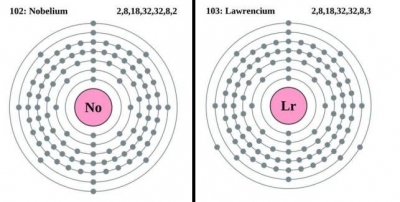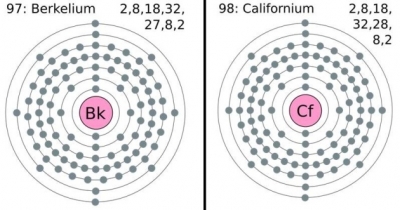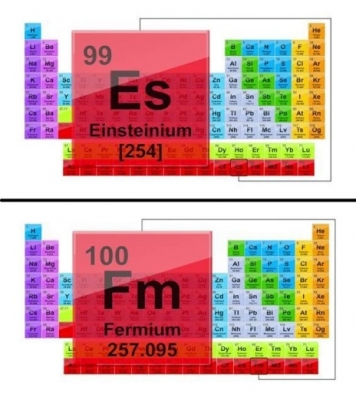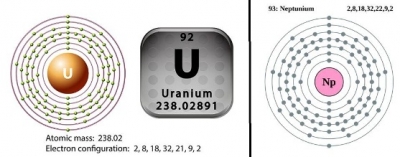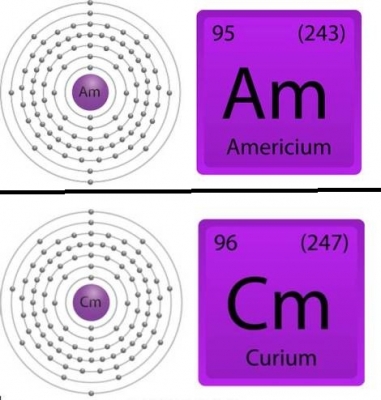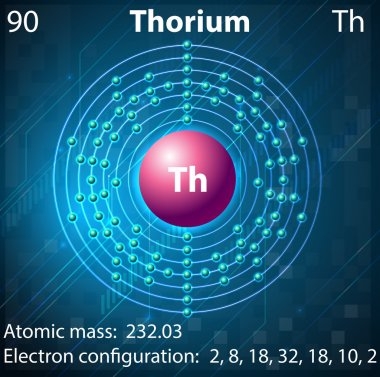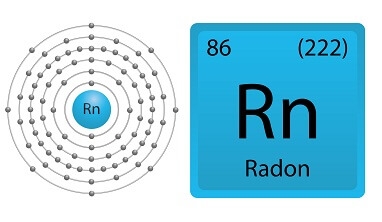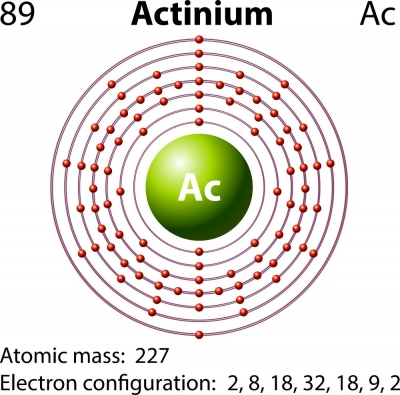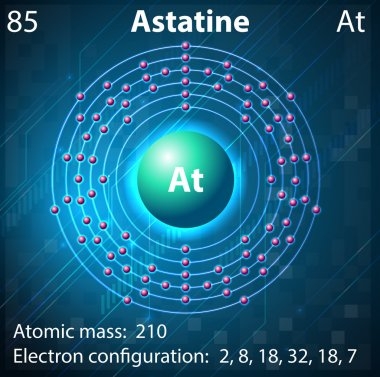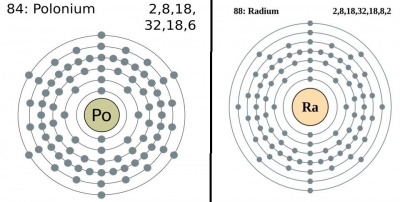How were rutherfordium and dubnium discovered?
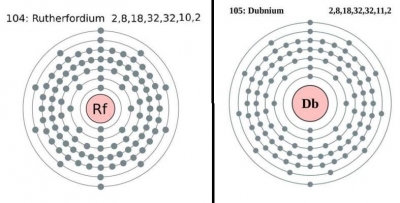
The first super-heavy element to be discovered was rutherfordium. This element may have been first synthesized in 1964 by a team of scientists at Dubna, Russia, led by Georgy Flerov. But this discovery was not universally accepted. So, they carried out the synthesis again at Dubna in 1966, which confirmed the1964 results.
Later, a team of scientists at the University of California, Berkeley led by Albert Ghiorso successfully synthesized rutherfordium by bombarding a californium target with carbon-12 and carbon-13 ions.
In 1992, the IUPAC decided that scientists from both Berkeley and Dubna should share the credit of the discovery and ruled that the element would be called rutherfordium.
Similarly, the credit for the discovery of dubnium is shared between the scientists at the Joint Institute for Nuclear Research, Dubna, Russia, and the scientists at Lawrence Berkeley National Laboratory, California.
Picture Credit : Google
